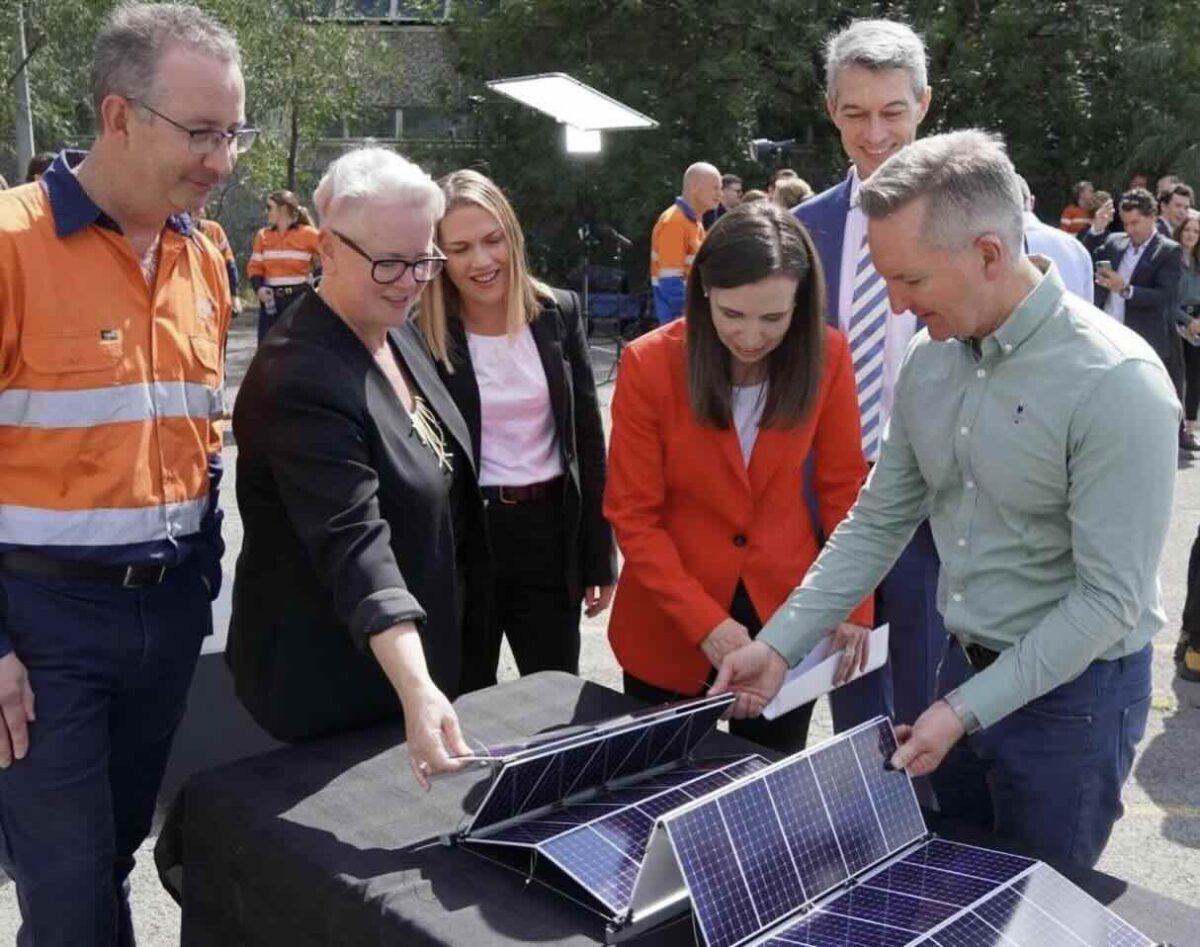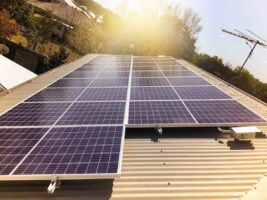Australia’s energy tsars have sounded a warning on staying the course on the power network’s decarbonisation, with sustained investment essential nationwide.
“Doing nothing is not an option,” Australian Energy Market Operator chief executive Daniel Westerman told an industry conference in Melbourne on Wednesday.
Most of the decline in the nation’s greenhouse gas emissions is projected to come from the electricity sector under the 82 per cent national renewable electricity target.
As coal-fired power plants continue to retire and more wind, solar and big batteries come online, emissions in the electricity sector are projected to decline by more than three-quarters by 2035.
But the coalition has vowed to tear up interim targets, prolong the use of fossil fuel-fired energy generation, and repeal a longstanding nuclear ban to add reactors to the power mix to get to net-zero emissions by 2050.
Mr Westerman, responsible for the operations and planning of Australia’s energy systems and markets, said the “least-cost objective” was an important one and the latest Integrated System Plan (ISP), due for release within weeks, should provide confidence.
“The ISP reflects and aligns to federal and state government policies on emissions reductions to make net zero by 2050,” he said.
“As coal-fired power stations retire, renewables – connected with transition and distribution, supported by hydro, batteries and gas-fired power generation – is the lowest cost way to supply electricity to homes and businesses,” he said.
But he acknowledged the need to build trust in the community so that the plans for rebuilding the power system don’t land with a shock.
Damien Nicks, chief executive of Australia’s largest electricity generator and biggest emitter AGL, called for “stability in policies so that we can all get behind making billions of dollars of investment in this market.”
“We need all stakeholders working together … this is an enormous transition … we all need to coordinate to ensure we do this as efficiently as possible,” he told Australian Energy Week 2024.
Mr Nicks said customers would drive the energy transition and were already playing a “huge role in the market” with rooftop solar, batteries and the uptake of electric cars.
He said many of their customers were still on gas and it would “take time” to electrify, and the fossil fuel also had a place when there was a lack of wind or solar generation.
But households view gas and electricity providers as offering worse value for money and being less trustworthy than supermarkets, according to the latest Energy Consumer Sentiment Survey.
The survey by Energy Consumers Australia canvassed the views of more than 2100 households and 500 small business owners nationwide.
Despite a slight improvement in the past six months, value for money for electricity was lowest for households in NSW (52 per cent) and highest for SA (61 per cent).
Consumer advocate Brendan French said there were substantial savings on bills to be had for consumers who can upgrade their homes, but more and more Australians were experiencing energy stress.
“We want to see people on low incomes and people under financial pressure provided with enough financial supports to make these changes to their homes so they can access those cost savings,” he said.
Source: AAP
“We want to see people on low incomes and people under financial pressure provided with enough financial supports to make these changes to their homes so they can access those cost savings,” he said








